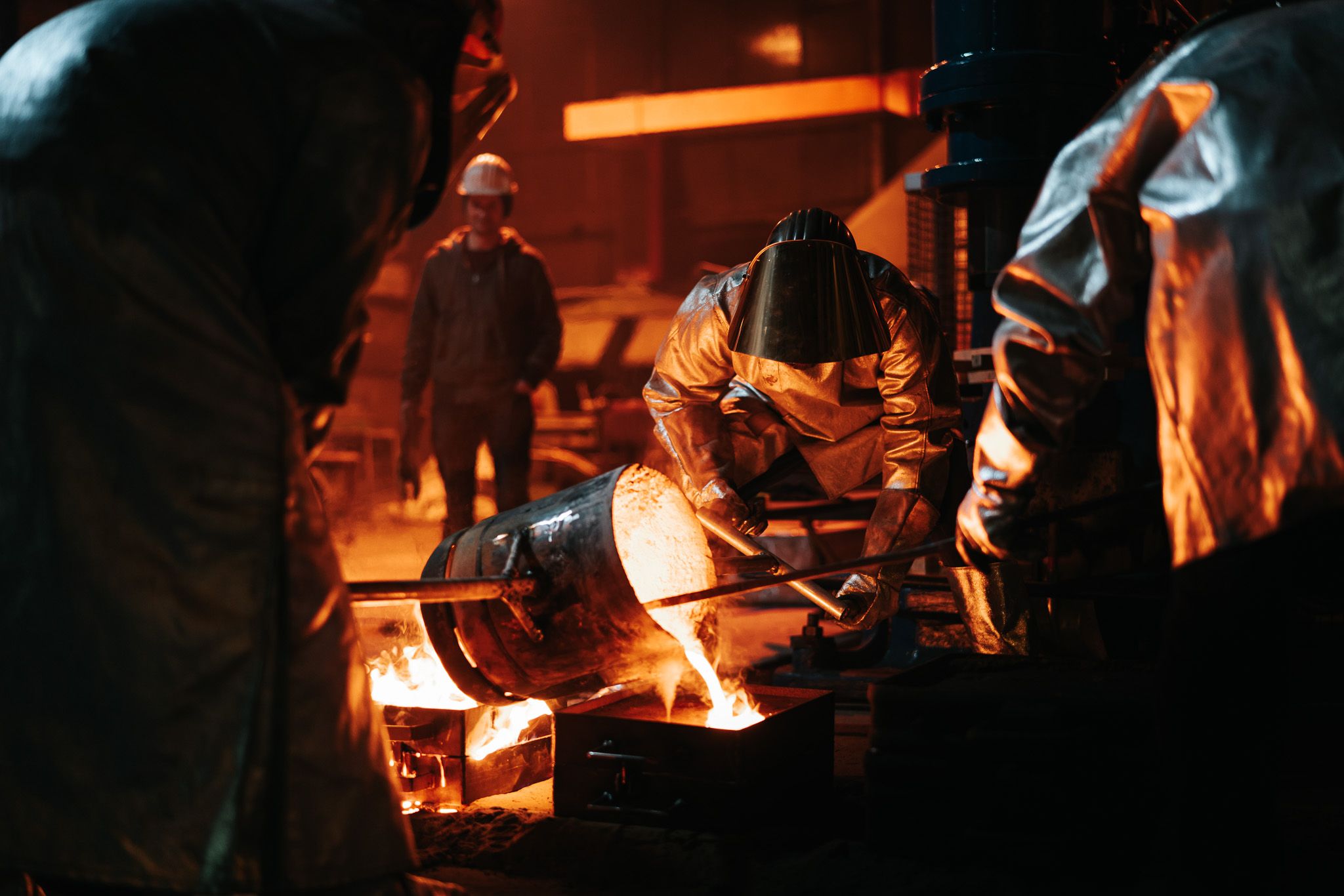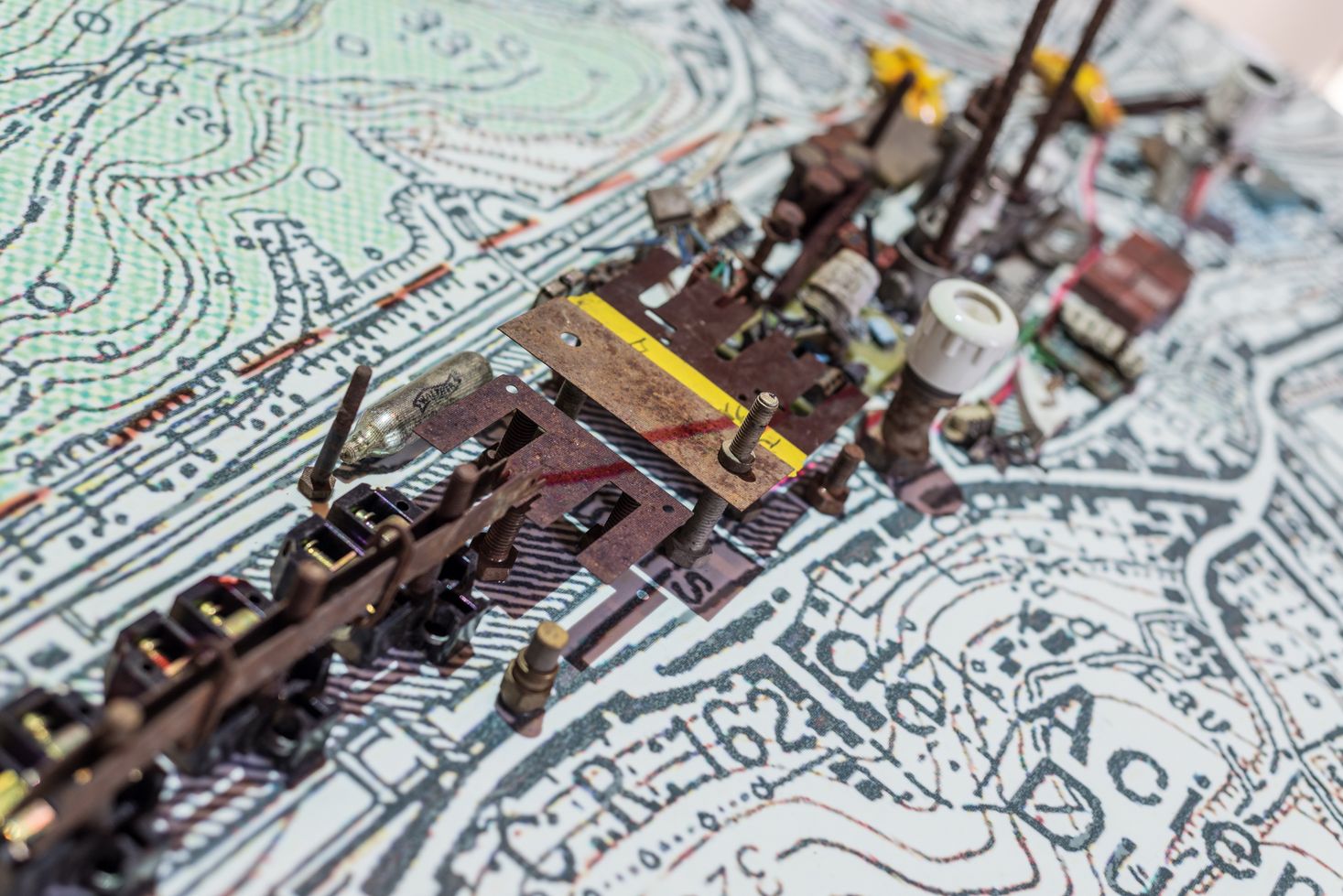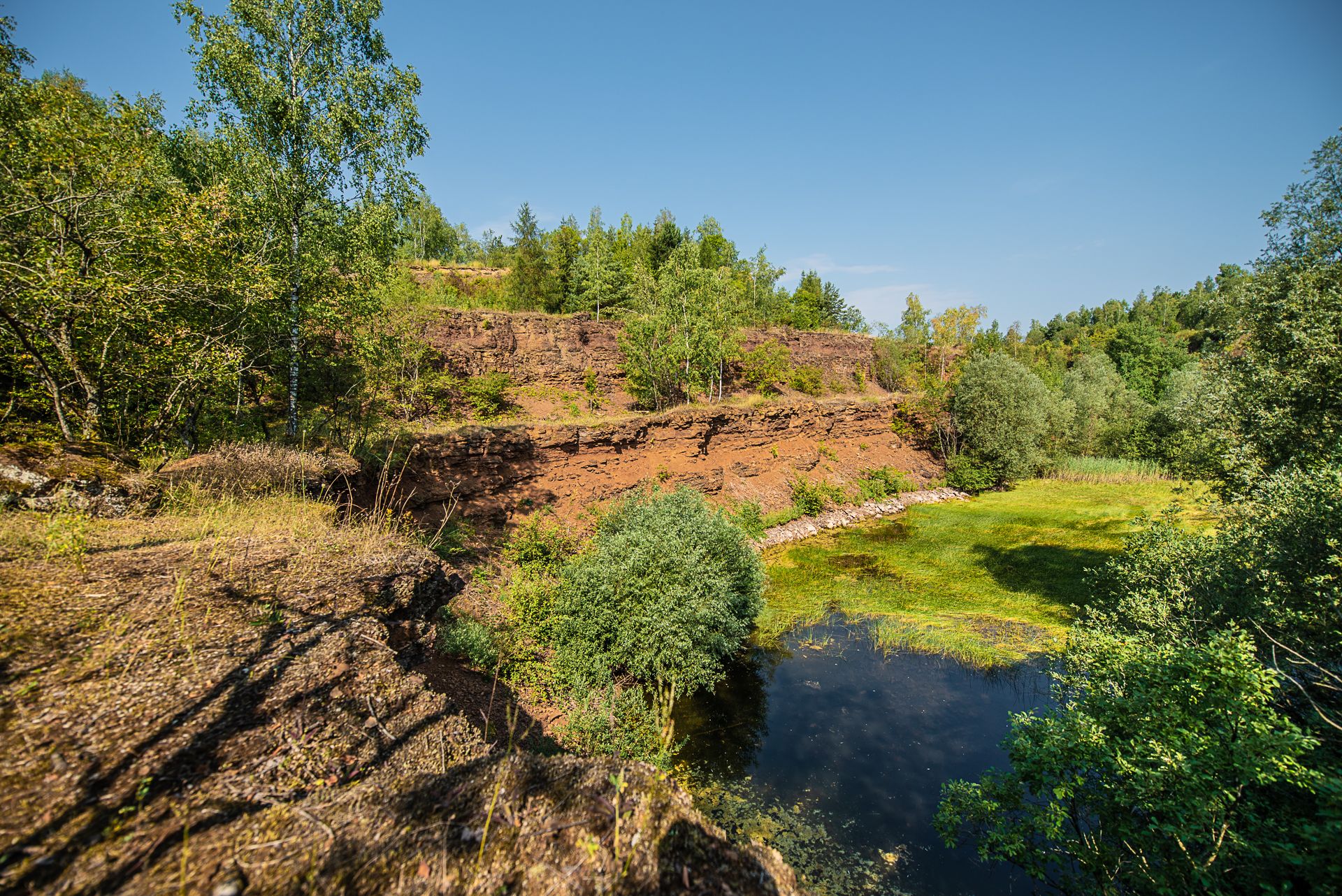The industrial history of the Minett region
When it comes to industrial development, the Grand-Duchy of Luxembourg has mostly been shaped during the second half of the 19th century. At that moment in time, a couple of important conditions were met in the country and industrialization could take its course. The presence of railway infrastructure, the existence and mining of iron ore, the will to evolve on a technological level (using the Gilchrist–Thomas process for example), or joining the Zollverein were the starting stones of an evolution that is still ongoing today.
1870/1874 a new law declared the ground to be property of the Luxembourgish state, making the ownership of a concession necessary for everyone who desired to mine iron ore. Additionally, one third of the mined material had to be processed locally. This law was crucial for the creation of jobs and boosted the local economy.
The first city to evolve into an industrial hub was Esch-sur-Alzette, followed by Dudelange, Differdange and Rodange. Attracting workers of the steel-industry as new residence, those cities also developed on an infrastructural level. New living districts like Hiehl or Neiduerf in Esch-sur-Alzette and the Italy neighborhood in Dudelange grew rapidly. Esch-sur-Alzette is a perfect example of the growing population: while it only had 1.400 residents in 1842, their number exceeded 30.000 residents in 1930. The simultaneous evolution of population and infrastructure had one main goal: building strong communities and being attractive cities for people to move to.
Besides causing the rapid growth of residential areas, the local steel industry vastly shaped the overall image of the landscape. Steel plants and blast furnaces adorned the skylines, and natural areas progressively transformed into open pit mining areas with their characteristic terraced appearance.



